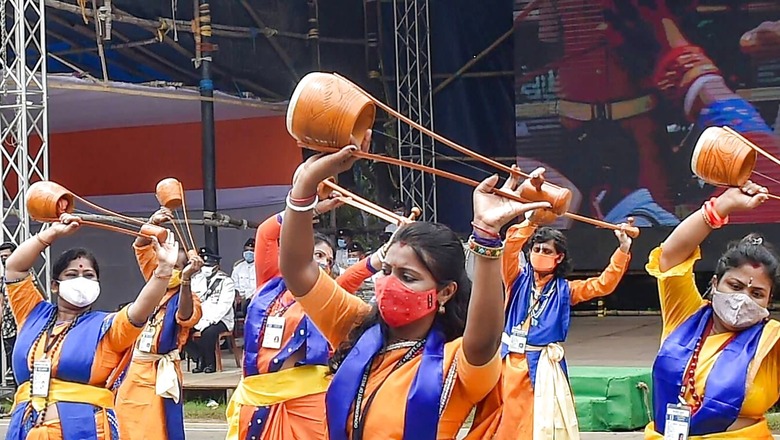
views
The pandemic in the past one and a half years has hardly left anyone untouched. Be it battling the disease or sustaining livelihoods. Lockdowns and Covid-19 restrictions have forced many small businesses to shut down and have left people without jobs. The same is true for the entertainment industry as well. From the well-known artistes to the marginalised ones, those providing logistic support, to event managers all have suffered huge economical setbacks.
Folk artistes in rural India are no strangers to the misery. With most of them depending on events to earn a livelihood, Covid-19 restrictions have had an adverse effect on their lives too. With most parts of the country not allowing gatherings of more than 50 people for the larger part of the one and a half year of the pandemic; performing artiste is dying a slow death and so is their art.
There are two categories of folk artistes, the celebrated ones who perform internationally and at big events in India; and others who perform locally at private gatherings such as marriages or seasonal and religious functions at homes, and at social cultural events in temples or other community spaces.
While some lost work due to the government restrictions on gatherings, others due to the stigma attached to Covid-19 and the fear of people spreading it. Not to mention the dip in the personal incomes of people who are forced to cancel any performances at events as it was seen as an added expenditure.
Villages in Barmer district of Rajasthan, which has many households, trained in the Langa-Manghaniyar tradition of music have seen no work for the past one and a half years. “No one invites us to their houses anymore as they fear we might be carriers of Covid-19,” says Yar Khan.
In Rajasthan, the folk artistes are primarily involved in the performing arts. Most have no other means of income unlike in Uttar Pradesh and Madhya Pradesh where they have small farming lands to cultivate their own produce. With tourism thriving in Rajasthan, most folk artistes were earning their livelihood by performing at tourism related activities. With the beginning of the pandemic in March 2020, all foreign group tours got cancelled and the domestic tourist too became sceptical of travelling.
Most folk artistes managed to survive the first pandemic wave with their existing savings hoping that once the lockdown opened and performances would begin. Between last October and this March, some artistes got one performance at least. But come April 2021 and everything went into a lockdown again.
Artistes have therefore been forced to take on jobs as construction labourers or setting up carts selling vegetables and snacks. But finding jobs itself is a challenge. In regions such as Jaisalmer, which is seeing a dry spell, doesn’t even offer agricultural work this year. So those members of the folk community who received a portion of their work in grains are left high and dry.
In Kerala, the plight is deeper. Rajeev Pulavar, a traditional shadow puppeteer from Kerala says, “since last three years most of the artistes from Kerala have been severely hit, first by the floods and then by the Covid-19 pandemic. Onam is the biggest season of earnings for an artiste. Most of them earned a major part of their income during this festive season either performing at the temples or at individual homes. But for the past three years there have been no performances during this time. This year’s situation was no different.”
Dr Chaggan Lal from Jaisalmer points out, “The situation of the folk artistes is grim. They don’t even have food to eat. Some artistes have started making morning rounds of the village, singing and playing instruments with the hope of getting some support. Some villagers, who can spare, offer wheat or flour. On another occasion if a child is born they go and sing outside their homes and manage to get fifty rupees.”
Folk artistes in Ladakh and Himachal Pradesh, who were main performers, are managing fine. The marginalised background instrumentalist and those who carried instruments are barely managing to even bring food home.
Some individuals stepped in to help these artistes. In Jaisalmer, a few producers supported six families. Bollywood singer Mohit Chauhan supported over 2,000 folk artistes’ families in Rajasthan, Himachal Pradesh, Kerala, Sikkim and Arunachal Pradesh with ration kits. Chauhan says, “I am an artiste and for the past one year all my shows have been cancelled. If I feel the pinch, I can surely understand what folk artistes must be going through.”
Few NGOs such as like Anhad in Jaisalmer, Indian Trust for Rural Heritage and Development (ITRHD) in Rajasthan and Uttar Pradesh and Nivesh, a Delhi-based NGO, supported the families of folk artistes across India.
Taking stock of the situation, the Kerala government provided free rice to folk artistes, Tamil Nadu doled out an annual stipend of Rs 1,000 to them, and the Rajasthan government’s cultural department provided Rs 5,000 financial support to the artistes.
Though timely, these schemes still remain a short-term solution. Pulavar elaborates, “Here in Kerala, the state government has been kind enough to distribute free rice both this year and last but with no performances there is no money even to buy the spices let alone lentils and sugar.”
There are artists who had taken loans, others who had health issues; they had to sell away their belongings to get by. Ration distribution alone would not see them survive.
Rachna Bisht, President of Nivesh, says, “Over the years, we have worked with these artistes and when they reached out to us for help, we approached donors and got ration kits delivered to their villages. We are glad that now the states are extending support. However, they need to get their livelihoods back. We would be happy to work with the state governments to help these artistes.”
The sad part is, despite easing Covid-19 protocols, performances, events or gatherings do not seem to be starting again in the near future. Therefore, the issue is not just about the survival of the artiste but the art itself. Many who would have moved to other professions will never be able to get back to performing arts. What seems like a personal loss of a human being is a bigger loss for the country and the world community. Because many arts which were endangered, shall die a quiet death, never to be seen again.
Dr Chhagan Lal says, “How will the art survive when the folk artiste can barely find money to put food on the table where will he find the money to mend his instruments which have fallen silent over the past year and a half.”
Unless countries put together a long-term plan, Covid-19 will be responsible for a huge loss of our intangible cultural heritage and knowledge. The governments need to not just give permissions for cultural and social events but also organise events to help artistes earn their livelihoods. The need of the hour is to find innovative ways to give work to the artists in their own field of work, so that our cultural traditions remain alive and not die a slow death in this pandemic.
(The views expressed in this article are those of the author and do not represent the stand of this publication.)
Read all the Latest News , Breaking News and IPL 2022 Live Updates here.












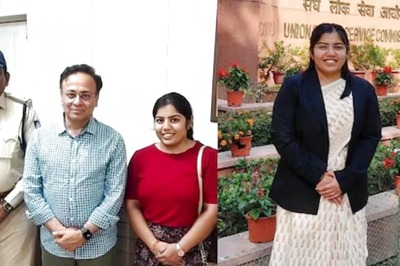

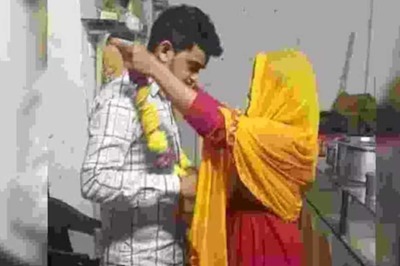


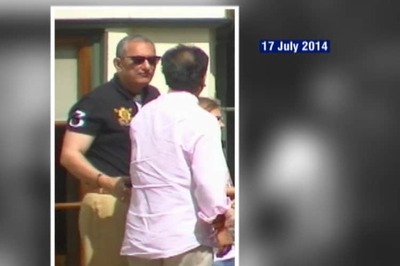

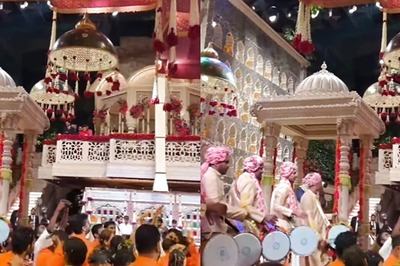
Comments
0 comment